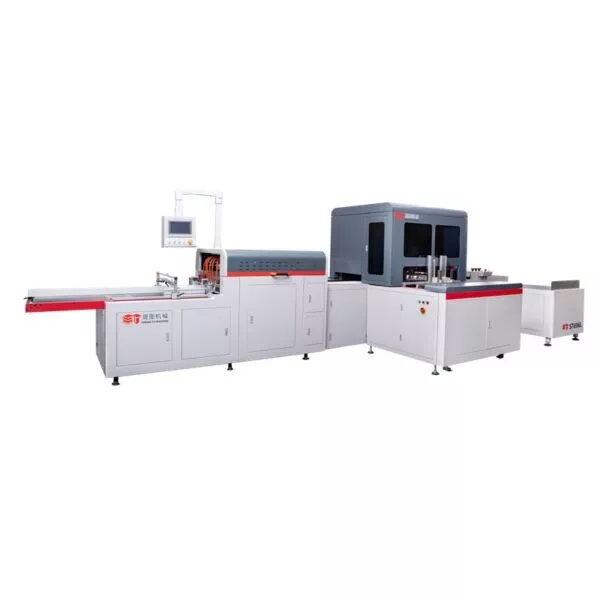In order to quickly and effectively create high-quality boxes for a variety of products, rigid box making machines is a crucial component of the packaging business. Manufacturers are investigating several models of machinery that can create these boxes as the need for such packaging rises.
The decision between a semi-automated and a fully automatic rigid box making machine is one of the most important ones that manufacturers must make. The choice might have a considerable impact on the production process and product quality. Both approaches offer benefits and drawbacks.
To assist firms in deciding between semi-automatic and fully automatic rigid box machines, we will examine and contrast the features, advantages, and limits of each here!
Setup and Operation
Semi-automatic machines are pretty basic and easier to operate than fully automatic machines. You'll need fewer skilled operators to run the machine, as most of the work is done manually.
Fully automatic machines require more operators due to their sophisticated engineering and complicated setup. They also require skilled maintenance personnel to handle issues that may arise.
Production Capacity
Semi-automatic machines have a limited production capacity when compared to fully automatic machines. In other words, you'll be producing fewer boxes per minute with a semi-automatic machine. Fully automatic machines, on the other hand, can produce up to 30% more boxes per minute than semi-automatic machines.
Initial Cost
Semi-automatic machines are less expensive to acquire than fully automatic machines. They're ideal for startups, small businesses, or entrepreneurs working on a tight budget. However, fully automatic machines require a bigger financial investment upfront.
Maintenance and Repairs
Semi-automatic machines are easier to maintain and repair than fully automatic machines. If a problem arises in the semi-automatic machine, you can find a solution and fix it easily. Fully automatic machines require skilled maintenance personnel to handle any issues, which can be costly and time-consuming.
Customization Features
Fully automatic machines have advanced customization features that allow you to create unique boxes to meet your customer's needs. Semi-automatic machines have some level of customization features but cannot match the sophistication of fully automatic machines.
Flexibility
Semi-automatic machines are versatile and can be used for small production batches. They're ideal if you need to produce different box sizes or designs. In contrast, fully automatic machines are less flexible and are ideal for large production batches. They're designed to produce one box size or design at a time.
Efficiency
Fully automatic machines are more efficient than semi-automatic machines. They produce more boxes per minute, which reduces labor cost, and increases productivity. This efficiency means that fully automatic machines pay for themselves faster than semi-automatic machines.
The Bottom Lines
Both semi-automatic and fully automatic rigid box machines have their advantages and disadvantages. However, the right choice depends on your specific needs and budget. If you're a small business owner operating on a tight budget, a semi-automatic machine may be a better option.
Conversely, if you're looking for high production capacity, customization options, and efficiency, then fully automatic machines are the way to go. Hopefully, this article has given you a better understanding of the differences between semi-automatic and fully automatic rigid machines.


